For more than 30,000 years, dogs have been our best friends — and for good reason. Loyal, affectionate, and protective, our canine companions brighten our lives, and they can even help us while we work. But what happens when your dog's protective instincts transfer to their food bowl or their favorite toy?
While protecting their precious resources is essential to a stray dog's survival, your family pooch doesn't need to fight to defend their puzzle treats. If your dog snaps, snarls, bites, or lunges when you attempt to pick up their tennis balls or stand too close to their favorite stuffed toy, you have a potentially dangerous situation on your hands. For pet parents with multiple animals, toy aggression in dogs can lead to a vicious fight. Have you ever wondered how to train a dog to share toys? Here's what you should know and how to stop toy aggression in dogs.
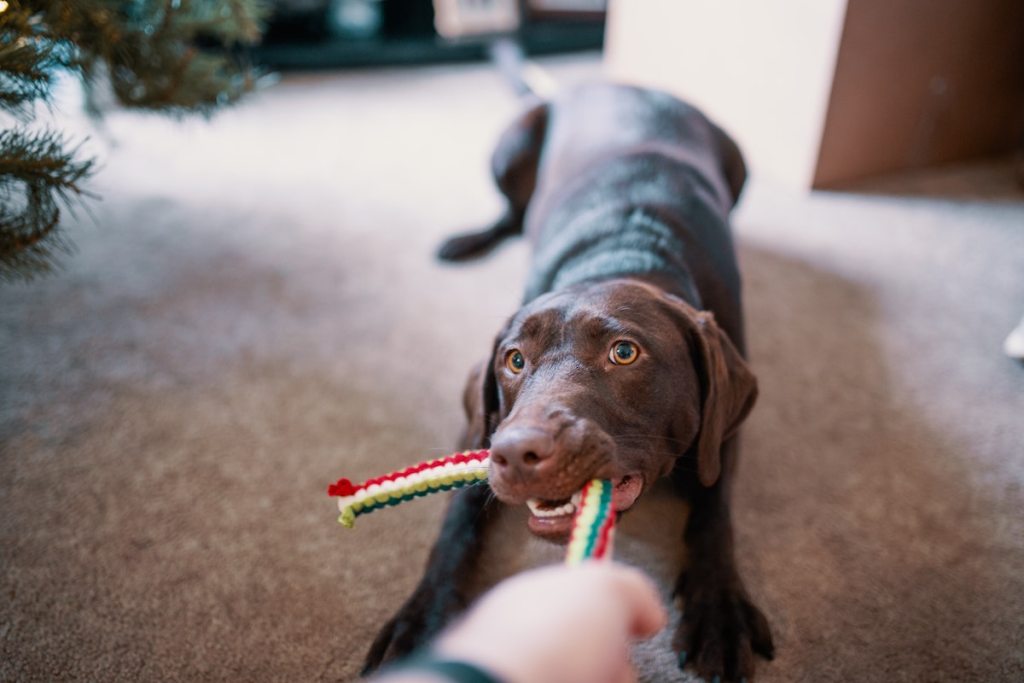
What is toy aggression in dogs?
Toy aggression in dogs is also called resource guarding or possessive aggression. When your dog behaves aggressively toward you or other pets while playing with a toy, you’re witnessing toy aggression. While it may strike many pet parents as odd that their pup is so protective over toys instead of food, guarding possessions is an innate survival skill that dates back to your dog’s earliest ancestors: wolves. Your pup may live in the lap of luxury where all their needs are met, but their instincts tell them that resources are scarce.
According to Jean Donaldson, author of Mine! A Practical Guide To Resource Guarding In Dogs, some pet parents believe that toy aggression is a sign that their dog is too spoiled, while others assume that resource guarding is a sign of dominant aggression. However, denying Fido access to any toys while you’re teaching them to share can make things worse. Similarly, attempting to assert dominance to quell toy aggression may frighten your pooch, leading to additional problems in their behavior. Let’s look into a few ways you can help curb your dog’s toy aggression without inadvertently encouraging the behavior — or worsening it.
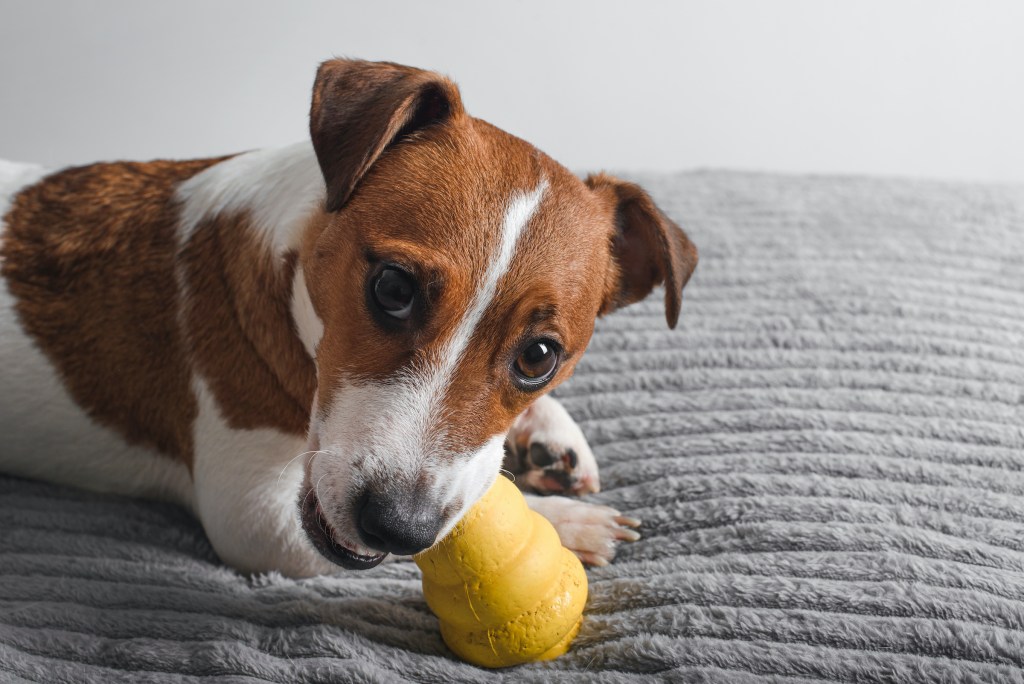
Signs of toy aggression in dogs
Just like people, dogs have distinct personalities, so not all canines display the same signs of aggression. Your beastie may show aggression only when you attempt to take their favorite toy, while another dog may display aggression in connection with everything they consider theirs. Here’s what you should look out for:
- Growling, snapping, or biting if you attempt to take their toys.
- A guarded stance over their food bowl.
- Growling, snapping, or biting if you approach their food.
- Fighting with other dogs over food or toys.
While it’s common for dogs to feel possessive of food or toys, resource guarding can encompass a variety of objects. Some dogs may never progress beyond the occasional growl or snarl, but others may bite you if you try to approach them during mealtime or play. Your dog also may transition from snarling to biting unexpectedly — all the more reason to stop toy aggression in its tracks.
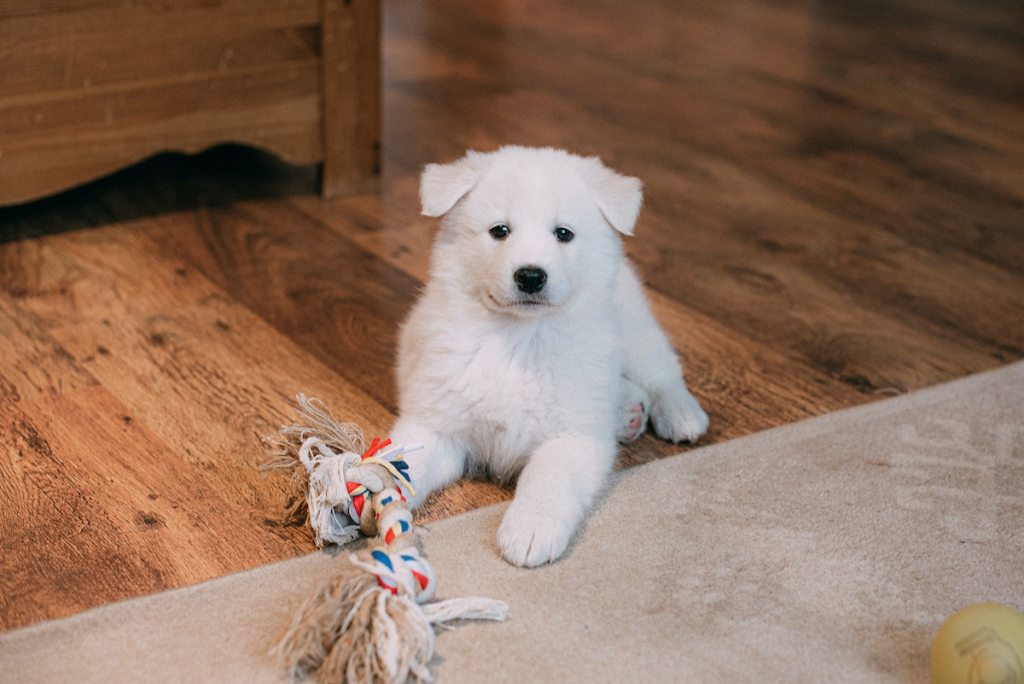
What triggers toy aggression in dogs?
Understanding why your dog displays resource guarding behaviors can help you strategize remedies.
For most dogs, the trigger is anxiety. Perhaps the dog was a stray and food was scarce. Your dog may have developed resource guarding behaviors as a means for survival, and it may now extend to toys.
A dog may also feel defensive if they believe their favorite foods or toys constantly get taken away just as they begin to have fun (or fill up). For example, say a pet parent consistently grabs a dog's favorite bone as they are chewing on it — perhaps in an attempt to play or so the two of you can head out on a walk. Well meaning as the tactic may be, the dog may grow tired of having their favorite toy taken and use toy aggression to protect their fun.
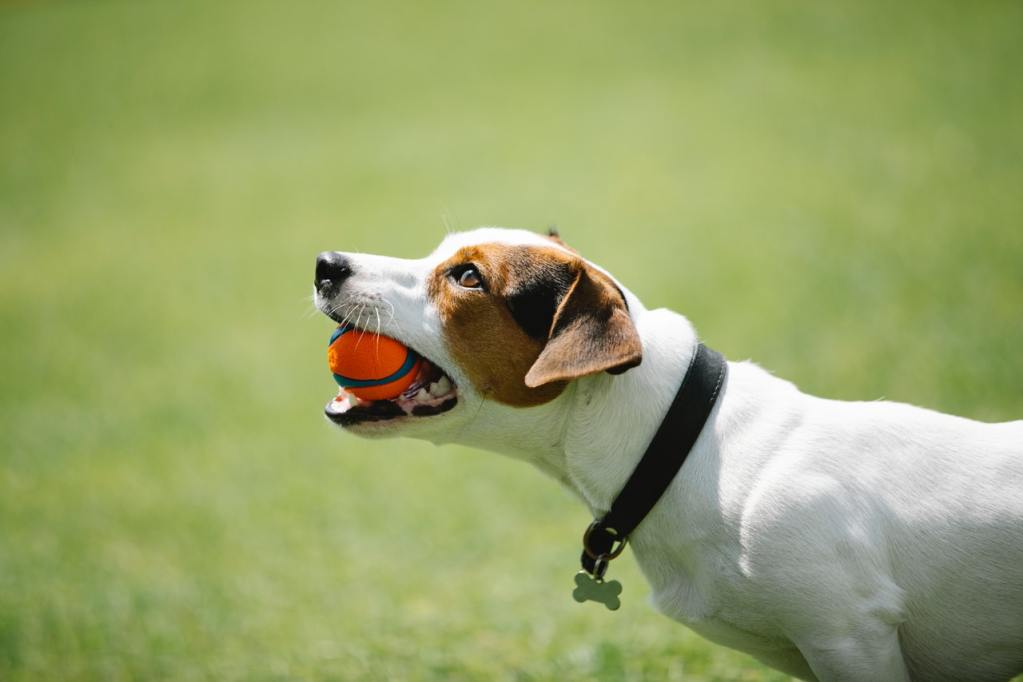
How to stop toy aggression in dogs
Before getting a handle on possessive aggression, you’ll want to ensure your dog can understand and complete basic commands. A well-trained dog is far likelier to respond to your attempts to quell toy aggression. Here are a few ways you can put a stop to your dog’s toy aggression without risking a bite.
Step 1: Control your dog’s access.
In the early stages of training, it may be best to control your dog’s access to their favorite toy. If you have a spare room in your home, you can turn it into a puppy playroom. Allow your dog to play with their toy freely in their playroom but leave the toy behind when you let them out. If you crate train your dog, try leaving the toy in the crate. This teaches your pup that their toy is safe, but it prevents toy aggression from occurring outside a controlled space.
Step 2: Train your dog to drop their toys.
According to the American Kennel Club (AKC), training your dog to drop something in their mouth centers on trading one item for another. Start by giving your dog a toy they like but don’t love, and then offer them their favorite toy or a treat in exchange. Tell them to “drop it” and hold out your hand until your dog releases the item. Give them a treat or their favorite toy, teaching them they’ll be rewarded for obeying your command.
Step 3: Redirect their attention.
Dogs respond much better to positive reinforcement than to punishment. Instead of taking away your dog’s favorite toy, try distracting them with a treat or a new toy. A joint study conducted by the University of Giessen and the University of Lincoln found that dogs overwhelmingly prefer new toys. The presence of an unfamiliar toy should be enough to persuade them to turn over their current obsession. Tell your dog to drop the toy and offer them the new toy in its place.
Step 4: Don’t be afraid to seek professional help.
Behavioral changes don’t happen overnight, and some dogs are more difficult to train than others. If you’ve tried behavioral conditioning exercises at home to no avail, it may be time to contact a professional. Modifying your dog’s behavior can be tricky, especially when it’s instinctive. Professional trainers can help your pup learn to follow commands, using positive reinforcement techniques.
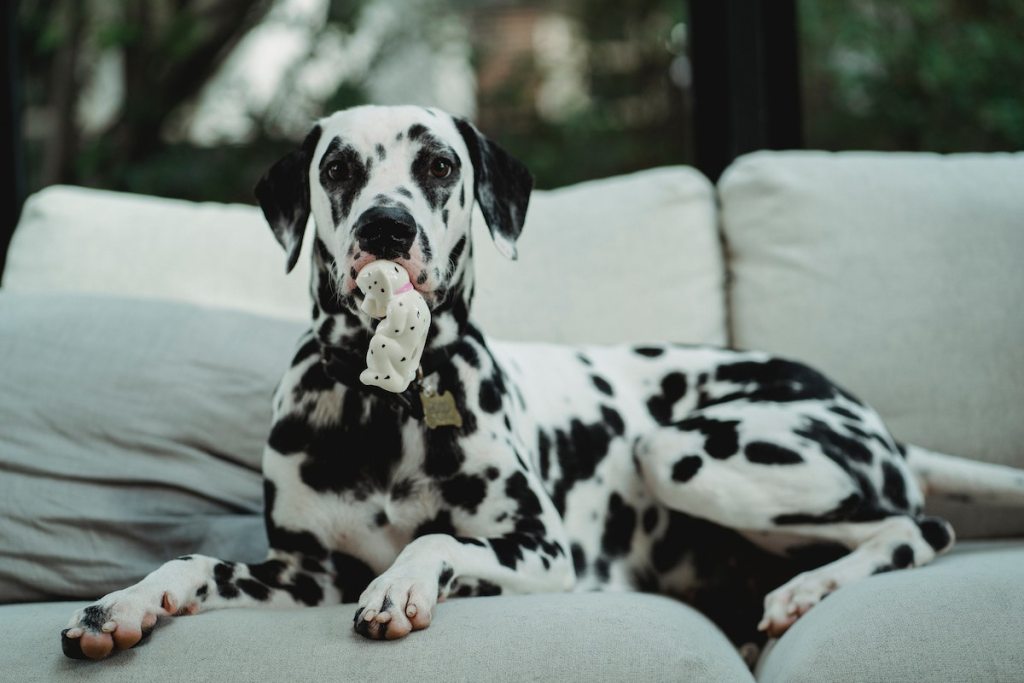
Everyone in your household deserves to live in a peaceful environment, your dog included. With time, patience, and proper training, you can help your pup overcome toy aggression. Start your training sessions using short increments, around 5 to 15 minutes at a time, be consistent, and reach out to a professional if you get stuck along the way.
Editors' Recommendations
- 5 surefire ways to keep your dog off your bed and get a good night’s sleep
- How to stop a dog from peeing in their crate for good in 5 easy-to-follow steps
- Video: This family dog is the world’s best babysitter
- Funny dog video: Pup has an adorable reaction to a superhero pet on TV
- Is your dog barking nonstop? Here’s how to get your noisy pup under control




